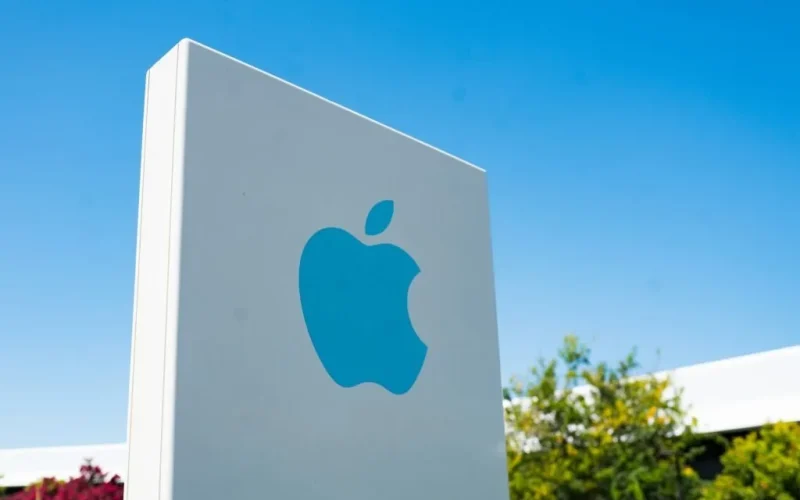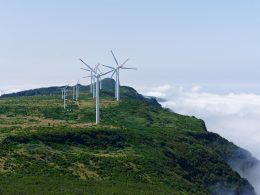Apple has advanced its climate strategy by retiring 100,000 jurisdictional carbon credits sourced from Guyana’s nationwide forest conservation programme. The move marks the first time the tech giant has utilised credits issued under the Architecture for REDD+ Transactions (ART) registry, shifting away from its previous reliance on the Verra standard.
The credits were issued through ART’s REDD+ Environmental Excellence Standard (TREES) and represent verified emission reductions from Guyana’s large-scale efforts to preserve its Amazonian rainforest. According to ART registry data, this retirement contributes directly to Apple’s corporate climate goals.
Since 2020, Apple has been purchasing and retiring carbon credits to maintain carbon neutrality across its corporate operations, including offices, data centres, and business activities. This does not, however, extend to emissions associated with product manufacturing or consumer use.
The company’s latest credit retirement comes just ahead of the release of its annual sustainability report, which is expected to provide further details on its emissions footprint and offset strategies. Last year, Apple retired 485,000 credits from projects in Kenya and China, both registered under Verra. Previous credit retirements include 300,000 in 2022, 670,000 in 2021, and 70,000 in 2020.
Apple’s move into jurisdictional carbon credits indicates a strategic shift towards supporting large-scale, nature-based solutions. Guyana, which became the first country to issue jurisdictional credits under ART in 2022, reported nearly 9.1 million tonnes of CO₂ reductions in 2023 through its forest protection initiatives.
Alongside these offset purchases, Apple is reportedly developing a $1 billion climate investment fund aimed at supporting nature-based carbon solutions globally—reinforcing its intent to play a leading role in the evolving carbon markets.
The use of jurisdictional credits, which cover emissions reductions across entire regions rather than individual projects, is increasingly seen as a credible and scalable solution for companies seeking high-integrity offsets. Apple’s adoption of this model could signal a broader trend among corporates aiming to align their sustainability ambitions with large-scale environmental impact.





















